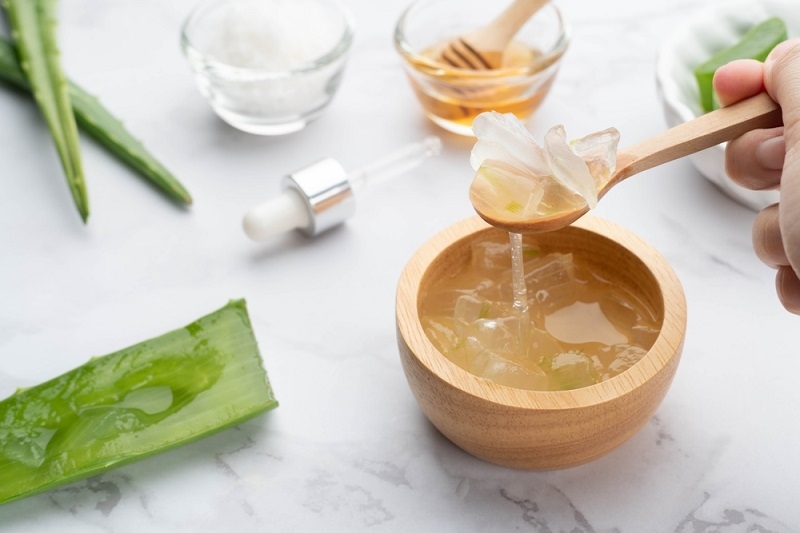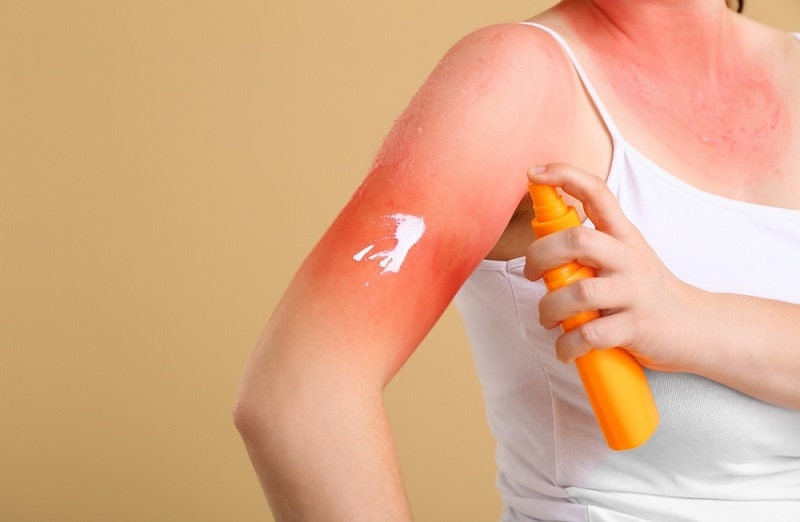Peel No More: Mastering The Art Of Sunburn Recovery

The sun, with its warm embrace and brilliant rays, is the source of countless cherished memories. However, it can also leave its mark on our skin in the form of sunburn, a painful reminder of the consequences of overexposure to ultraviolet (UV) radiation. In more severe cases, sunburn can result in the dreaded sunburn peel, leaving us with discomfort and concerns about recovery. In this blog, we'll explore the journey of sunburn peel recovery and how to embrace the process to restore your skin to its radiant and healthy state.
Understanding Sunburn and Sunburn Peel
Sunburn is essentially the skin's response to excessive UV radiation from the sun. Prolonged exposure to these harmful rays can cause your skin to become red, hot, and painful. In more severe instances, the outermost layer of the skin begins to peel away. This peeling, while uncomfortable, is a natural process, indicating that your body is shedding damaged skin cells and initiating the healing process. Preventing further damage to your skin is one of the most critical aspects of sunburn peel recovery. Staying out of the sun until your skin has completely healed is essential. If you must be outside, make sure to wear protective clothing and use the right moisturizer and a broad-spectrum sunscreen with a high SPF.
Immediate Relief

When you first notice the signs of sunburn, the first step is to alleviate the immediate discomfort and minimize inflammation. Taking swift action can make a significant difference in your overall recovery experience.
Cool Compress: Applying a cool, damp cloth to the affected area can help reduce heat and discomfort.
Hydration: Staying well-hydrated is crucial. Sunburn can deplete your body's moisture levels rapidly, so be sure to drink plenty of water.
Aloe Vera Gel: Applying aloe vera gel to the affected area can soothe your skin and promote healing. It provides a natural cooling effect.
Over-the-Counter Pain Relievers: Non-prescription pain relievers like ibuprofen can be helpful in reducing pain and inflammation.
Gentle Cleansing to Avoid Irritation
Once your sunburn begins to peel, it's important to cleanse your skin gently to avoid further irritation. Harsh cleansing practices can worsen the condition of your skin and prolong the healing process.
Mild Soap: Use a gentle, fragrance-free soap when washing your sunburned skin. Harsh or scented soaps and face washes can exacerbate dryness and irritation.
Pat Dry: After cleansing, be sure to pat your skin dry with a clean, soft towel. Avoid rubbing, which can damage the peeling skin and cause more discomfort.
Moisturizing Is Also Important

Proper moisturization is crucial during sunburn peel recovery to keep your skin hydrated and support the healing process.
Hydrating Creams: Choose a moisturizer that contains ingredients like ceramides, hyaluronic acid, and glycerin. These components help lock in moisture and prevent your skin from becoming excessively dry.
Avoid Petroleum-based Products: While petroleum jelly can be helpful for dry skin, it may trap heat and impede the healing process. Opt for products that promote healing without blocking your skin's natural processes.
Frequent Application: Make it a habit to apply moisturizer regularly. This is especially important after bathing or whenever your skin feels dry. Consistent hydration is essential for a smooth recovery.
Ongoing Sun Protection
As your skin heals, continue to protect it from UV rays to prevent future sunburns and maintain flawless skin.
Sunscreen: Make it a daily habit to apply a broad-spectrum sunscreen with SPF 30 or higher, even on cloudy days. Sun protection is your best defense against further damage.
Seek Shade: During peak sun hours, typically between 10 AM and 4 PM, it's wise to seek shelter in the shade to reduce direct sun exposure.
Protective Clothing: Wearing long sleeves, hats, and sunglasses can significantly shield your skin from harmful UV rays, minimizing the risk of future sunburns.
Stay Hydrated and Remain Patient
Proper internal hydration is just as important as external moisturization. Continue to drink plenty of water throughout your recovery to aid the healing process and keep your skin hydrated from within. Incorporating a diet rich in vitamin C and antioxidants can support the healing process and reduce the risk of skin damage in the future. Foods like citrus fruits, berries, and leafy greens are excellent sources of these beneficial nutrients. If your sunburn is severe, if blisters develop, or if you experience any signs of infection, it's essential to consult a dermatologist for professional guidance and treatment. These experts can provide specialized advice and interventions to ensure a smooth recovery. Recovery from sunburn peel can take time, and the temptation to expedite the process is understandable. However, it's crucial to let your skin heal naturally. Picking or peeling the skin can lead to scarring and delay the overall recovery. Be patient and allow your body to complete its healing cycle.
Conclusion
Recovering from a sunburn peel is a process that requires patience, self-care, and diligence. It's an opportunity to learn about your skin, practice sun safety, and embrace a more mindful approach to skincare. By following the steps outlined in this blog and maintaining a strong commitment to sun protection, you can ensure that your skin heals properly and remains healthy in the long run. The sun may be a source of joy and warmth, but by taking the right precautions, you can enjoy its beauty while keeping your skin safe and radiant. Embrace the healing process, cherish your skin, and savor the sunny days ahead with confidence and vigor. Remember that prevention is the best approach, so always be diligent about sun protection. Take the lessons you've learned about sunburn peel recovery and apply them to your daily sun care routine. Your skin will thank you, and you'll be able to enjoy sunny days with peace of mind and a healthy glow.
This content was created by AI
